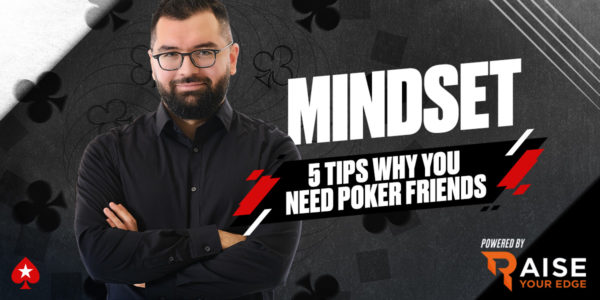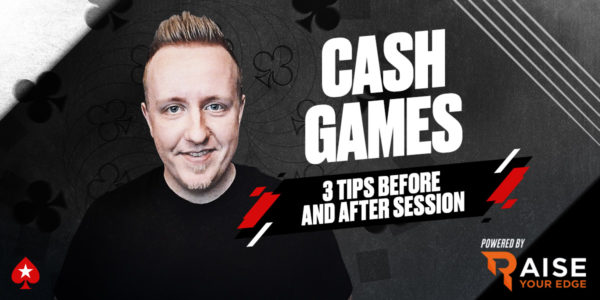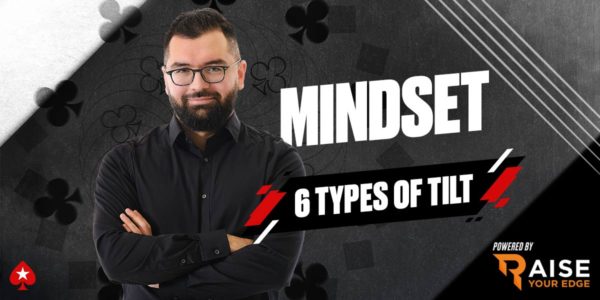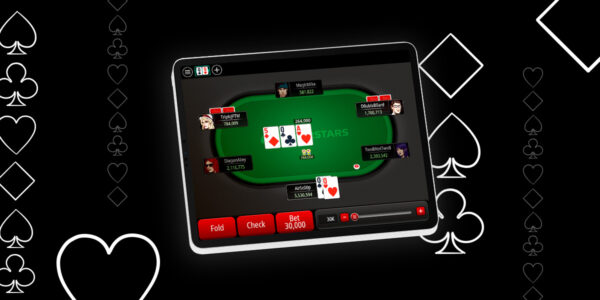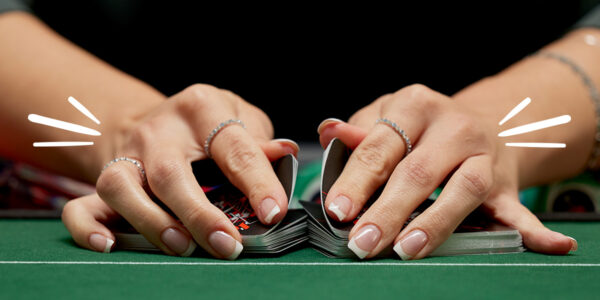Playing Draws and Semi-Bluffing – Part 1
What is semi-bluffing? You should know that bluffing is defined as betting or raising with what rates to be the worst hand, in an attempt to get better hands to fold. A semi-bluff is doing so with a holding that also has reasonable equity in the pot, i.e. have a decent chance to improve to a winner if called. A prime example might be something like a 9 high flush draw. You take a flop with 98s and flop the draw. You can call action, trying to hit your flush, but should you fail to improve you’ll end up with 9 high which won’t win the pot on its own. If you chose to take an aggressive posture with your 9 high flush draw however, now you have two ways to win the pot. First, your opponent(s) might fold, allowing you to take the pot down unimproved. And failing that, you might still make your hand to win the pot at showdown.
Now that we have defined semi-bluffing, when should we use this weapon at the tables? Many players go to extremes. They start by never playing a draw aggressively. Once they learn the powerful tool that is semi-bluffing, they swing to the other end of the spectrum, playing all their draws aggressively. Both these strategies are flawed of course. There are times that simply calling with a draw is appropriate, and others that are ripe for an aggressive semi-bluff.

Let’s start by looking at some of the benefits and drawbacks of playing a draw slowly vs. playing it aggressively.
The primary benefit of playing a draw passively is that it allows us to draw cheaply, thus limiting our exposure when we miss. The main drawbacks of this passive play are that we must improve to actually win the hand, and the pot will be smaller when we do get there, allowing our opponent to get away from our completed draw more easily.
Let’s contrast that with the benefits and drawbacks of playing a draw aggressively.
- Two ways to win: We’ve already mentioned this, but we may win immediately when our opponents fold, and we may still suck out when they don’t fold.
- Deceptive qualities: Are we being aggressive with a strong made hand, or a draw? More on this later.
- Larger pot ties opponents in: When they don’t fold, and we do improve, it may be harder for our opponent to get away.

There are some drawbacks to being aggressive with a draw as well, a couple of them are:
- Charging ourselves more to draw: We’ll address this more in the next article, but there are times this is a relevant factor. Often however, this factor is more than compensated for by our fold equity, i.e. the times we win the pot without having to improve to the best hand.
- Opens us up to being raised off our draw: What happens if our opponent bets, we raise as a semi-bluff, and they come back over the top for a very large reraise? We may be priced out of continuing with our draw and have to fold, against what is presumably a big hand that would have paid us off had we simply called and completed the draw on the cheap. Again though, this factor is often trumped by the leveraging of fold equity. It can also be an infrequent occurrence. We need to get a draw, raise a bet, be up against a very strong hand, and then they need to raise again with that hand and choose a sizing to price us out. This parlay of events doesn’t happen very often.
If it seems to you that there’s a lot of merit in choosing to play draws aggressively, that’s because there is. So why don’t we just move towards always taking an aggressive posture with our drawing hands?

Well, there are a few reasons. Let’s touch on some now.
- Not always optimal There are situations where it’s simply not the optimal line. For example, if there’s a bet in a multiway pot with a group of calling stations, raising on the draw is certainly sub-optimal. In fact, the type of opponent we’re up against may be one thing that leans us to being aggressive or not with a draw. We’ll cover this in the next article.
- Predictable: If we always raise with our draws, astute opponents will pick up on this. When we don’t raise then, they will be able to exclude draws from our range, and that flush or straight card coming won’t be scary to them.
- Balance: This leads to unpredictability, and as you move up in stakes and face more sophisticated opponents, having balanced ranges takes on a much more important role. In a nutshell, whether you raise or call a bet, check or bet yourself, if you can have the draw sometimes either way, then when the draw completes you are always a threat to have some of that, which makes you harder to play against.
Learning when to play draws aggressively with a semi-bluff, and when to play them more passively in a way that is balanced and makes sense, will help you to become a stronger and more well-rounded player. Working on this aspect of your game will help improve your results. In part 2, we will explore ways to adjust your play of draws against certain player types to exploit them.
How do you generally play your draws? Share your comments below!
Condimentum Nibh
Donec sed odio dui. Cras mattis consectetur purus sit amet fermentum. Vestibulum id ligula porta felis euismod semper. Curabitur blandit tempus porttitor.



